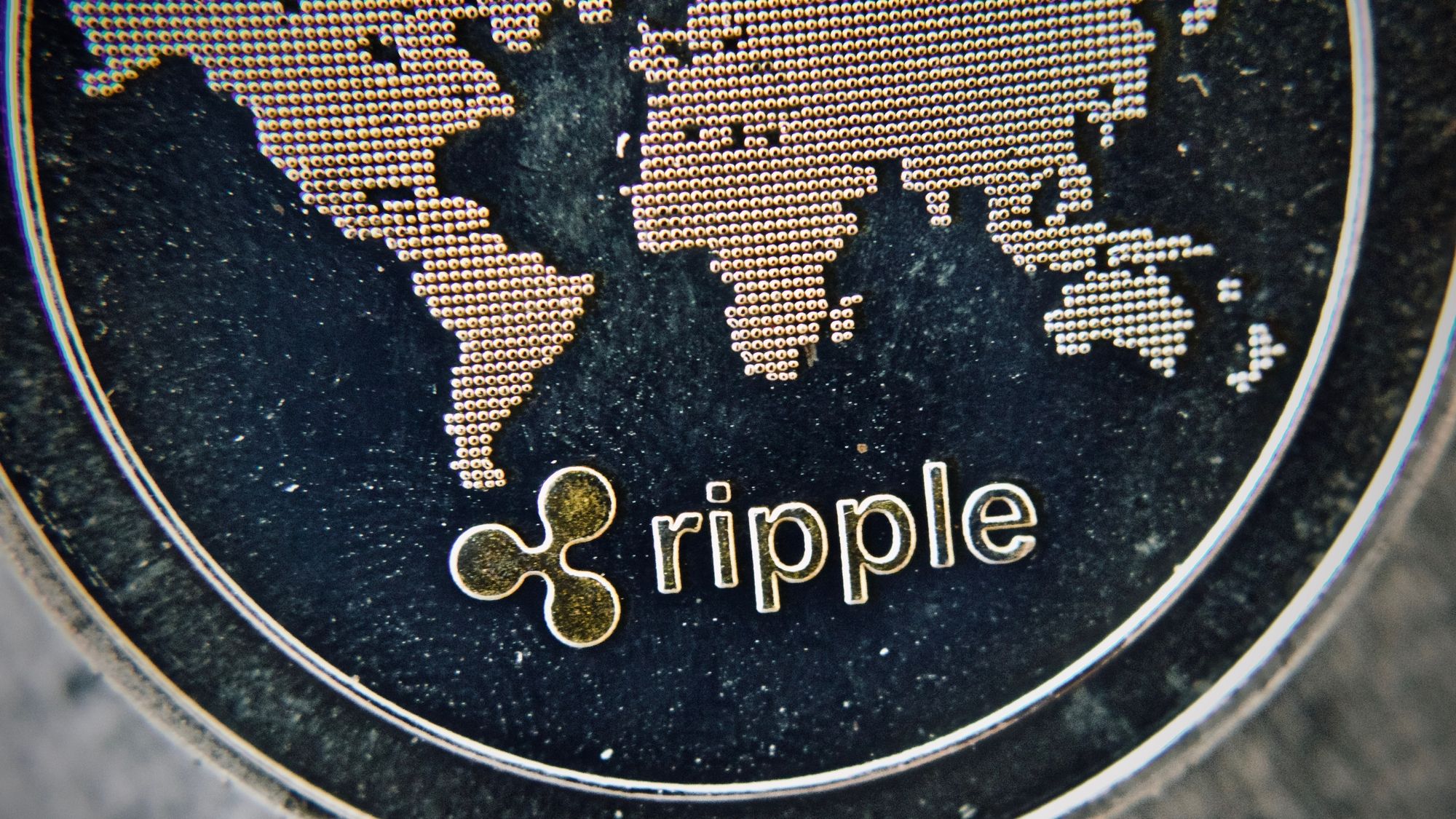The performance of Ripple (XRP) price has been weaker compared to the overall market in recent months. As of Thursday morning, the XRP token was being traded at $0.40, experiencing a decrease of more than 40% from its peak earlier this year. Despite Bitcoin nearing its record high, XRP is still 77% lower than its peak in April 2021.
Is Ripple still useful in payments?
Ripple is a blockchain network aiming to help companies, especially banks, simplify their cross-border transactions.
Its goal is to solve a key problem that has existed in the financial services industry for many years. This challenge arises because moving money internationally is expensive and a bit slow. It is often slow because banks must hold pre-funded accounts in destination currencies.
Ripple’s solution is to partner with financial institutions and offer them its on-demand liquidity (ODL), which makes these transactions cheap and quick. These customers can leverage the XRP coin to bridge two currencies at a lower cost in three seconds. The platform also works in crypto custody solutions and crypto liquidity.
Governments seeking to launch their Central Bank Digital Currency (CBDC) can also use its technology. It has partnered with companies like Novatti, Palau, RocketFuel, SBI Remit, and Tranglo.
Ripple’s XRP underperformance has led to a core question about whether Ripple is still needed in the payment industry.
Ripple is facing two main competitors. First, stablecoins have become highly popular in payments in the past few months. Today, Tether (USDT) handles over $50 billion worth of transactions each day. Newer stablecoins like PayPal (PYSD) and Ethena USDe are further gaining market share.
Therefore, many companies seeking quick transfers have embraced these stablecoins instead of Ripple because of their ease of use, speed, and low costs.
Similar to this, some big banks have embraced the concept of tokenization in money movement. These include companies like ANZ Bank and JP Morgan. These tokenized platforms could move money faster and at a lower cost.
Additional worries surround Ripple’s ecosystem. Due to intense competition in the blockchain sector, it’s uncertain whether the XRPL platform will be able to attract sufficient developers. Furthermore, Ripple’s proposed stablecoin will face considerable challenges in gaining market share due to Tether’s overwhelming dominance.
XRP price analysis

The weekly chart shows that the XRP token price topped $0.9347 after the Ripple vs SEC case verdict in 2023. Since then, it has dropped to a low of $0.40, where it has found substantial support. This price coincides with the ascending trendline shown in black.
The XRP price has moved below the 50-week moving average, while the Relative Strength Index (RSI) has pointed downwards. Therefore, the outlook for the token is bearish. The next point to watch is $0.2912, its lowest swing since 2022.













